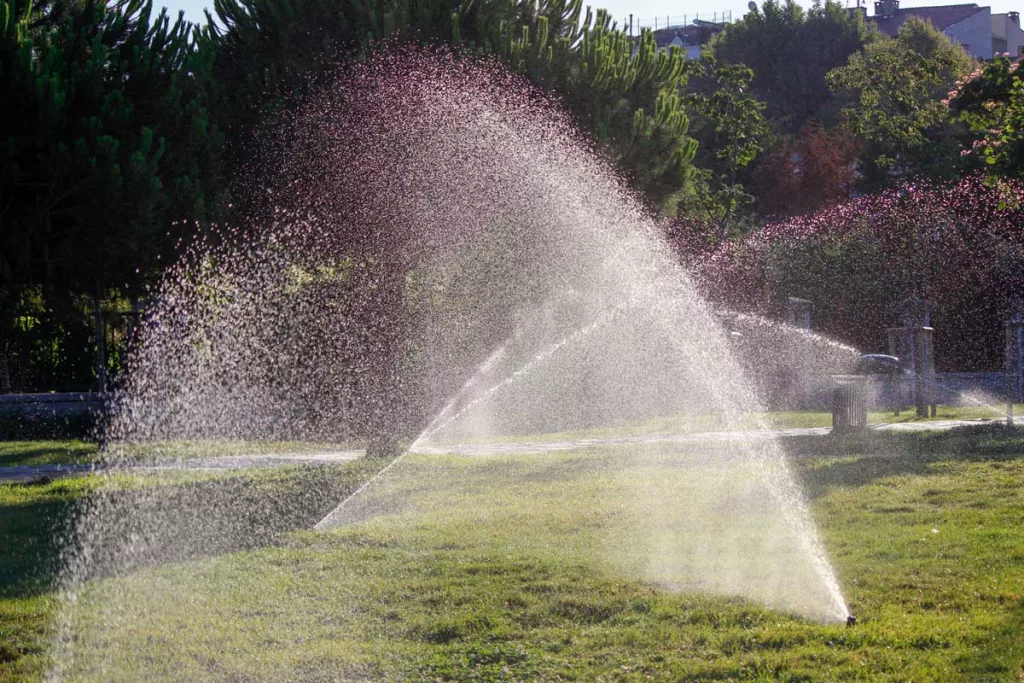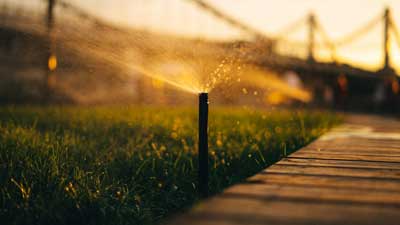
Winterize A Sprinkler System
Winterize A Sprinkler System || When the temperature falls below the freezing point of water, the water in the sprinkler system pipes may turn to ice and explode. Your sprinkler system needs to be winterized in order to avoid this.
Sprinklers make it quicker and easier to establish and maintain a lush, green lawn. However, this does not negate the fact that the sprinklers themselves require maintenance. Proper installation, and maintenance are important factors in ensuring the effectiveness and efficiency of a water sprinkler system, and it is recommended that you turn off your sprinkler system in the fall and turning them back on in the spring.
Particularly if you live in a region where ground temperatures drop below freezing, make sure you have sufficiently prepared the system for extremely cold circumstances by draining the water and insulating the sprinkler components.
Winterizing your sprinkler system without air compressor
It is crucial to get your lawn irrigation system winterized so that it will be ready for the upcoming spring and summer. And hopefully as a result, sprinkler repair costs will be lower, or you’ll have none at all.
Some people think that an air compressor is required to clear your lawn irrigation system of moisture, but winterizing a sprinkler system without an air compressor is possible using a manual drain method. Here’s a step-by-step guide on how you can do it:
Turn off the water supply
Shut off the water supply to your sprinkler system at the main water valve. This is typically located near the water meter or where the main water line enters your property.
Open all drain valves
Locate and open all the drain valves in your sprinkler system. These are typically located at the lowest points of the system, such as at the end of each zone or at the bottom of a backflow preventer, if you have one installed. Use a flathead screwdriver or pliers to open the drain valves fully, allowing water to drain from the system.
Open all the sprinkler heads
Manually open all the sprinkler heads in your system to relieve any pressure and allow water to drain from the pipes. You can do this by turning the sprinkler heads counterclockwise until they stay in the open position.
Remove any above-ground components
If you have any above-ground components, such as backflow preventers, valves, or filters, remove them and store them indoors in a frost-free location to prevent freezing and damage.
Drain water from other system components
If your system has any other components that can hold water, such as drip irrigation lines, drain them by blowing compressed air through them or using a small handheld pump to force out the water.
Insulate components that are above ground
Check that all of the above-ground sprinkler system’s parts are properly weather-insulated before proceeding. It is advised to cover any backflow preventers or exposed pipes, as well as the principal shut-off valve, with foam covers or insulating tape. On the backflow preventers, take care not to restrict any drains or air vents.
It can be necessary to protect a few more system components, most notably your primary valve. A small portion of the water, which is sitting behind it, is probably in a short outside pipe piece. This section of pipe needs to be covered with a plastic bag, secured with zip ties, and wrapped with insulating foam. This will reduce the likelihood that it may freeze during the chilly winter months.
It is also advisable to completely unplug any detachable pumps from your system and keep them indoors for the winter. It’s possible that the pump is hidden by a cover in an underground pit. Any fully integrated pumps should be covered with a plastic bag. Also Read>>
Consider using a winterizing product
There are commercially available winterizing products, such as antifreeze or ice melt crystals, specifically designed for sprinkler systems that can be used in conjunction with the manual drain method to provide additional protection against freezing.
It’s important to note that the manual drain method may not be suitable for all types of sprinkler systems or in areas with extremely cold temperatures. If you’re unsure about winterizing your sprinkler system without an air compressor or if you live in an area with severe winter conditions, it’s recommended to seek professional help from a licensed irrigation contractor, such as Sprinkle Master, to ensure proper winterization and prevent potential damage to your system.

Winterizing your sprinkler system without an air compressor is not only doable but also cost-effective. Following these steps for manual drain method and insulating above-ground components will help protect your system from freezing and potential damage. Great tips for those looking to winterize on a budget!